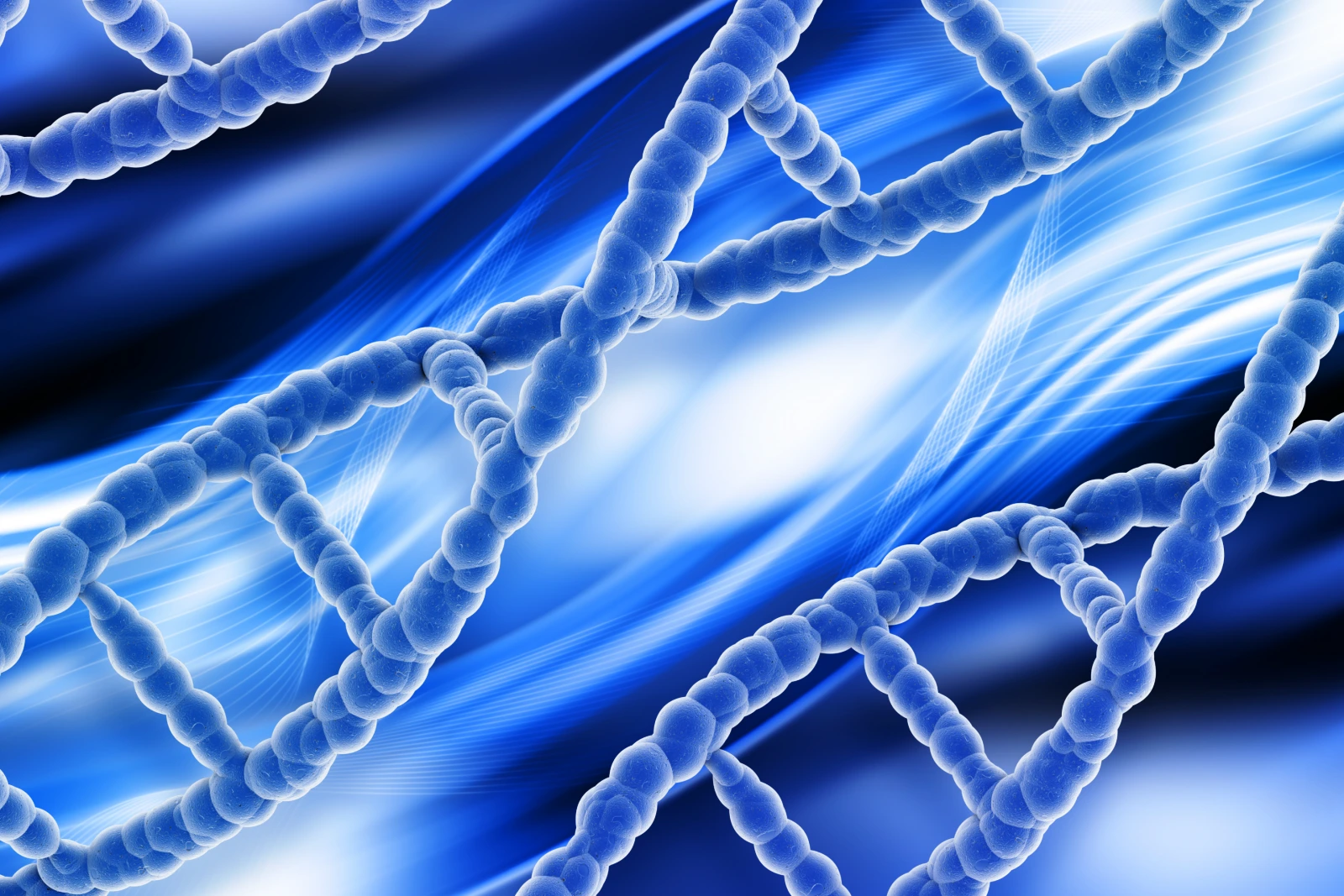What is a karyotype?
A karyotype is a complete set of chromosomes in an organism, arranged and displayed in a systematic manner. It is used in genetics and medical diagnostics to identify chromosomal abnormalities and understand genetic makeup.
What is a Karyotype Used For?
A karyotype is used for:
- Detecting Genetic Disorders: Identifying conditions like Down syndrome, Turner syndrome, and Klinefelter syndrome.
- Cancer Diagnosis: Analyzing chromosomal abnormalities in leukemia and other cancers.
- Prenatal Testing: Assessing genetic health before birth.
- Infertility Investigations: Determining chromosomal causes of infertility.
- Species Identification: Comparing karyotypes across different organisms.
| Use Case | Purpose |
|---|---|
| Genetic Disorders | Detect chromosomal abnormalities |
| Cancer Diagnosis | Identify cancer-related chromosomal mutations |
| Prenatal Testing | Detect genetic conditions before birth |
| Infertility Check | Examine chromosomal causes of infertility |
| Species Study | Compare genetics between species |
What is a Karyotype in Biology?
In biology, a karyotype refers to the number, size, and shape of chromosomes in an organism. It provides insights into the genetic structure and evolution of species.
Key Features:
- Found in all living organisms.
- Helps in taxonomy and evolutionary biology.
- Used for genetic research.
How Are Chromosomes Arranged in a Karyotype?
Chromosomes are arranged in a karyotype by:
- Size: Largest to smallest.
- Centromere Position: Grouped into metacentric, submetacentric, and acrocentric.
- Banding Patterns: Stained to highlight distinct regions.
- Pairing: Homologous chromosomes are paired together.
Example: Human karyotypes have 23 pairs of chromosomes, arranged in descending size order, with sex chromosomes last.
| Chromosome Type | Description |
| Autosomes (1-22) | Determine physical traits & biological functions |
| Sex Chromosomes (X, Y) | Define genetic sex (XX = Female, XY = Male) |
Female Karyotype
A normal female karyotype consists of 46 chromosomes, including two X chromosomes (46, XX). This pattern determines female sexual development.
Common Abnormalities:
- Turner Syndrome (45, X): Missing one X chromosome.
- Triple X Syndrome (47, XXX): Extra X chromosome.
How Many Chromosomes Are in a Normal Human Karyotype?
A normal human karyotype has 46 chromosomes (23 pairs):
- 22 pairs of autosomes (non-sex chromosomes).
- 1 pair of sex chromosomes (XX in females, XY in males).
Normal Male Karyotype
A normal male karyotype is 46, XY, meaning:
- One X chromosome (from the mother).
- One Y chromosome (from the father).
Common Male Karyotype Abnormalities:
- Klinefelter Syndrome (47, XXY): Extra X chromosome.
- XYY Syndrome (47, XYY): Extra Y chromosome.
Karyotyping Procedure
Karyotyping is a laboratory technique used to analyze chromosomes.
Steps in Karyotyping:
- Sample Collection: Blood, amniotic fluid, or bone marrow is collected.
- Cell Culture: Cells are grown and multiplied.
- Chromosome Harvesting: Cells are arrested during mitosis.
- Staining: Chromosomes are stained for better visibility.
- Microscopic Analysis: Chromosomes are observed and photographed.
- Arrangement: Chromosomes are arranged in pairs.
Techniques Used in Karyotyping:
- G-Banding: Uses Giemsa stain to highlight bands.
- Fluorescence In Situ Hybridization (FISH): Uses fluorescent probes for specific genes.
- Spectral Karyotyping (SKY): Uses multiple fluorescence dyes to distinguish chromosomes.
Karyotyping FAQs
1. What does a karyotype test show?
A karyotype test reveals chromosome structure, number, and any abnormalities, helping diagnose genetic disorders.
2. How is a karyotype performed?
A sample (blood, amniotic fluid, or bone marrow) is collected, cells are grown, stained, and analyzed under a microscope.
3. What is the difference between male and female karyotypes?
- Male: 46, XY (one X and one Y chromosome).
- Female: 46, XX (two X chromosomes).
4. Can karyotyping detect Down syndrome?
Yes, Down syndrome is identified by an extra chromosome 21 (Trisomy 21) in the karyotype.
5. Why is karyotyping important?
Karyotyping helps diagnose genetic disorders, determine the cause of infertility, and study species evolution.
Karyotyping is a crucial tool in genetics and medical diagnostics. It helps identify chromosomal abnormalities, understand genetic inheritance, and study species evolution. With advanced techniques like FISH and spectral karyotyping, scientists can now detect genetic disorders more accurately than ever.




